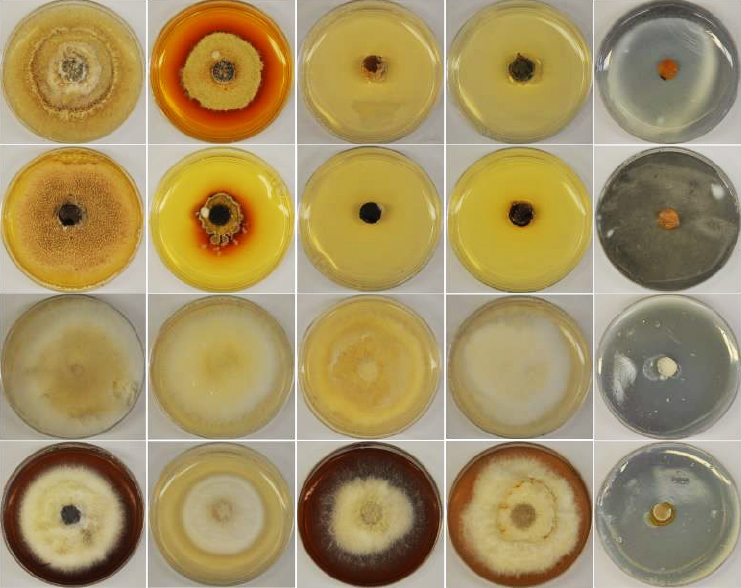
The world’s brightest minds have long looked to the sky and wondered if it would be possible to sustain human life on another planet, such as Mars.

If it is possible, Congrui Grace Jin, assistant professor of civil and environmental engineering at the University of Nebraska–Lincoln, believes the process for creating self-healing concrete on Earth could inspire one for growing bricks that would be built into structures for humans populating the red planet.
Jin’s proposal — “Biomineralization-Enabled Self-Growing Building Blocks for Habitat Outfitting on Mars” — is one of 14 selected to receive Phase 1 funding by the NASA Innovative Advanced Concepts program.
Phase 1 provides recipients with a $175,000 award to conduct a nine-month study that could lead to the design, production and testing of ideas.
Later this year, in Phase 2, some of the 14 projects will receive a $600,000, two-year extension. Sometime around 2026, Phase 3 will award $2 million to one project for a final two years of study.
Some proposals sound like science fiction, but, if successful, could help shape the future of space missions and exploration. Jin’s idea has gained international attention, with articles appearing in CNN, Gizmodo and WIRED.
While it may seem a bit fantastical, the concept of concrete that can repair itself has been developed in the past 20 years or so.
Jin’s research group uses fungi and bacteria to create biominerals and biopolymers that will fill cracks that occur. The biominerals induce their own growth as the organisms secrete polymer-based substances that can adhere to loose deposits, grow and expand, thereby “healing” the concrete.
The idea of combining these earthen organisms with raw materials from another planet to manufacture bricks, however, is new and presents novel challenges.
The process, Jin said, would require finding the right mixture of cyanobacteria and filamentous fungi that would secrete limestone crystals and, when combined with loose Martian soil particles, grow in a mold that eventually hardens into a desired shape.
Because of Mars’ natural hazards, such as extreme cold (temperatures average minus 81 degrees Fahrenheit) and levels of radiation about 40-50 times those on Earth, Jin said growing bricks there would require a next-level change in procedures.
“The bacteria or fungi wouldn’t survive in that atmosphere,” Jin said. “We’d need to build a bioreactor where we could grow the fungi and the bacteria and then grow the bricks. It’s a very new idea. The unpredictable nature of it is very interesting.”









